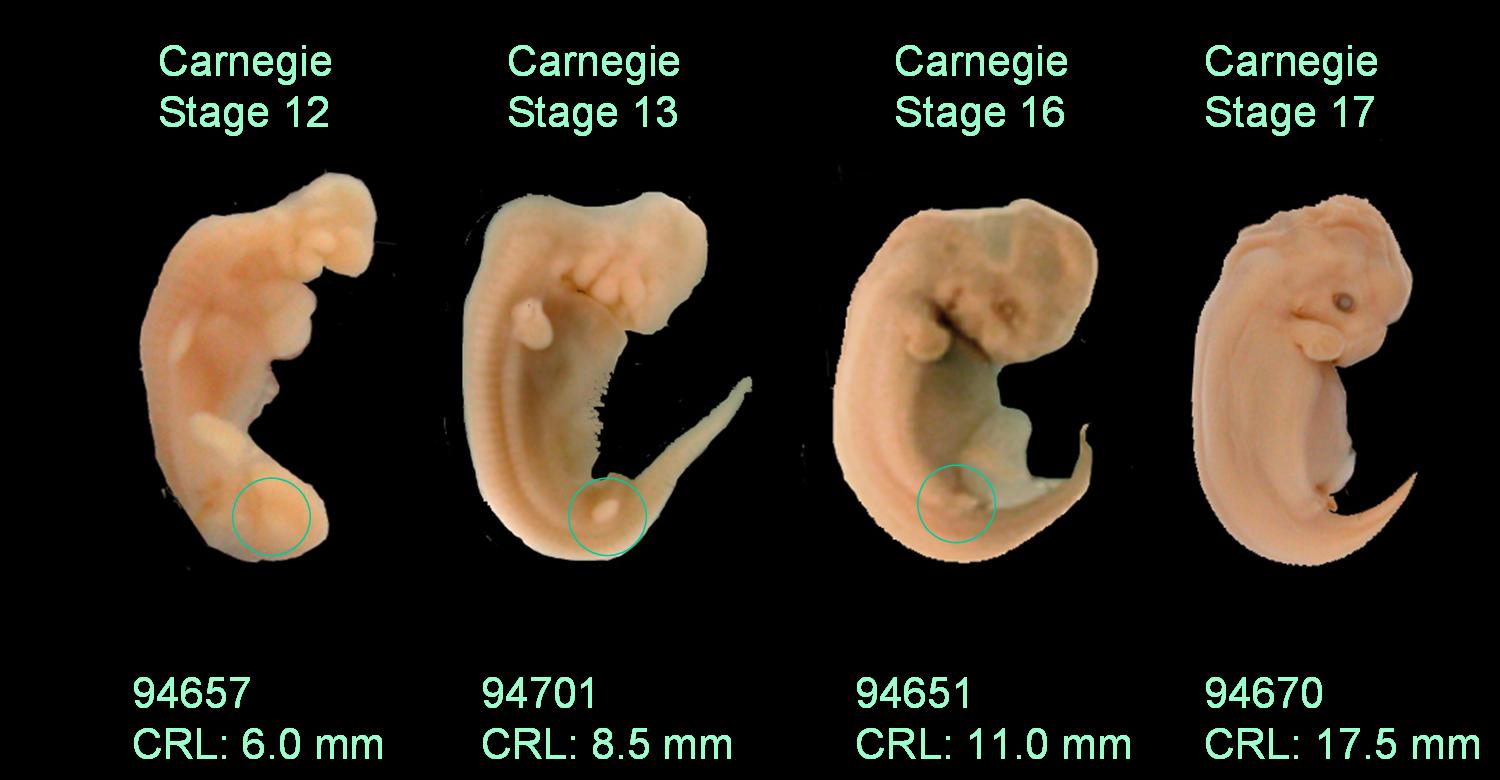Then, Pharyngula has some genetic research on cetacean limb formation here.
Finally, Dr. Tom Holtz from the University of Maryland's pet project, Dinosaur, has here compiled just this season's entries into his archosaurian compendium.

evolution --- biology --- paleontology --- systematics




 .
.
Members of Order Arthrodira, meaning joint-necked, composed the majority of the Class Placodermi and, for that reason, are the most familiar to science. Truly the top carnivores of their time, aquatic monsters such as Dunkleosteus terrelli filled the role of the largest sharks or even crocodiles in our time. They are named arthrodires due to a peculiar craniovertebral joint behind the skull, allowing the chondrocranium to rise as the splanchnocranium drops, resulting in a monstrous maw (Linzey 2001, Murphy 2004). Also unique amongst the arthrodires is the presence of gnathals, a structure performing the same function as teeth in more advanced gnathostomes. This means that teeth arose at least twice, convergently, given that placoderms have no living relatives and some arthrodires have very unique gnathal structure (Smith and Johanson 2003, Stokstad 2003).
.
Major differences, however, are structure and replacement methods. In the latter, the general opinion is that arthrodires had no replacement, unlike most fish which are polyphyodonts, though that has been recently questioned (Smith and Johanson 2003). Instead of many small teeth for capturing or rending prey, which other fishes of the time had, the arthrodires had what can be likened to broad axes in their mouths rather than daggers. These semidentine blades, supragnathals on top and infragnathals below, had a biting power surpassed only by archosauromorphs while being able to open with lightning speed (Stokstad 2003). This creates a truly frightening picture of arthrodires like Dunkleosteus. Not only did the up to thirty foot long creature have a bite surpassing anything in the oceans today, but its quickly opening gape created a pressure gradient causing suction, meaning the smallest and swiftest of prey had as much to fear as other heavily armored arthrodires.
.
Because of its size, it is supposed Dunkleosteus was an ambush predator, not unlike crocodilians. However, unlikely evidence seems to point to otherwise. A specimen was recovered with intact skin cells, bringing attention to color as well as behavior. Black and red pigments were recovered from the dorsum, while the venter was covered in a silvery, reflection layer (Waggoner 2000, Linzey 2001). This could be a shared trait, similar to the iridocytes found in modern fish, gleaming from guanine crystals. Determining the first instances of color would be crucial in determining whether this is a homology or homoplasy. This discovery had two major implications. The first was that color vision could have been around at the time, given that Dunkleosteus would have blended in with the reddish sediment if viewed from above and looked similar to the surface if viewed from the sea floor. It would have needed some visual camouflage from members of its own species, given little else could have done it harm and gouges matching gnathals from the same species have been found on their four-foot-wide armored heads (Waggoner 2000). The second point is that if Dunkleosteus was a benthic, ambush predator, it would not have evolved ventral camouflage. Needing camouflage on the venter means if was viewed enough from the bottom, and was vulnerable, to be selected for. This indicates that arthrodires are much more active predators that what was once thought, swimming as much in the middle of the water column as on the bottom of the sea.
.
Arthrodires had a range covering most seas of the Devonian, from species of the genera Confractamnis, Atlatuidosteus, and Doseyosletts of Queensland, Australia, to species in Morocco (Young 2005). Individuals have also been found in Scotland, such as Cosmacanthus, which was initially confused with an acanthodian (Newman 2004). This means that placoderms have an interesting zoogeography, their total range is sub-Equatorial, from Euramerica to Australia. However, there appears to be no evidence of placoderms unearthed from Arabia or India, lands that are between Euramerica and Australia, though areas further south in what would become North Africa have fossils. Therefore, an argument for a Gondwanan distribution could be made, though this would be tenuous. Arthrodire placoderms were apex predators, filling the niche of sharks today (Young 2005).
.




